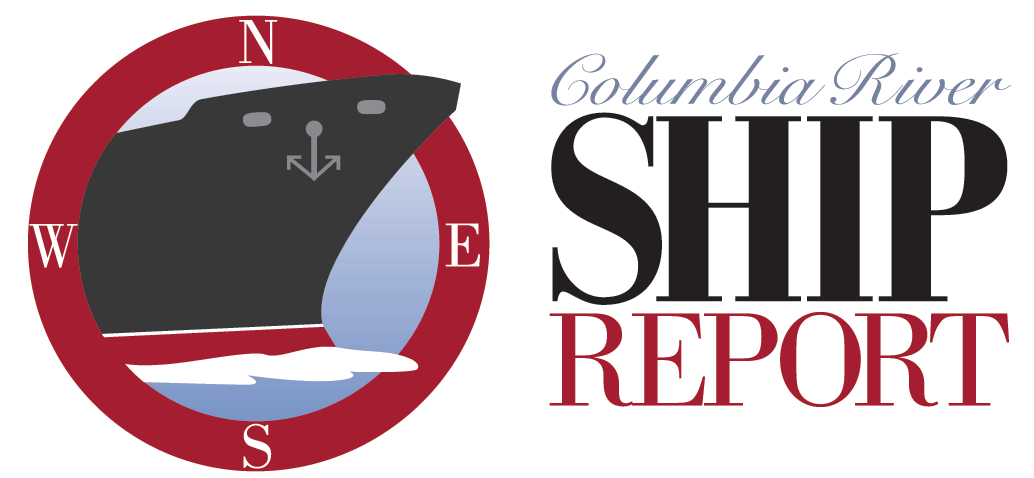I had a question on social media recently about a reference I made to the Columbia River Bar being on Yellow status. Someone had not heard me talk about this on the Ship Report, and was confused. So I thought my blog would be a good place to explain this.
The three colors refer to the relative accessibility for ships seeking to cross the waters at the mouth of the Columbia River in Oregon and Washington. Cargo ships come and go regularly there and are accompanied on board, by law, by bar pilots, trained marine professionals who have decades of ship handling experience. They know the river by heart and can safely guide ships in and out.
The pilots have jurisdiction over ship traffic, and they work with the US Coast Guard to safeguard the waters on the bar for large commercial vessels. There are three potential statuses the bar can have on any given day: Normally it’s on Green status, which means business as usual. When the weather worsens, as it often does in fall and winter, to the point where it might be hard to control a ship entering or leaving the river, the pilots raise the status to Yellow, which means ships are allowed to cross on a case-by-case basis. Some under-powered ships may be asked to wait until the weather is better. If things really go to hell in a handbasket, so to speak, the bar will go to Red status, which means that conditions are too dangerous for all but a few very hardy and maneuverable ships to cross. Decisions on this are up to the pilots.
You can see the status of the Columbia River Bar for ship traffic anytime by going to the Columbia River Bar Pilots website, at www.columbiariverbarpilots.com
For recreational and smaller commercial vessels like fishing boats, the US Coast Guard has jurisdiction over bar restrictions and closures. Here’s a link to Oregon and Washington bar status links per the USCG:
https://www.wrh.noaa.gov/pqr/marine/BarObs.php
Questions? Email me at ships@shipreport.net
– Joanne



